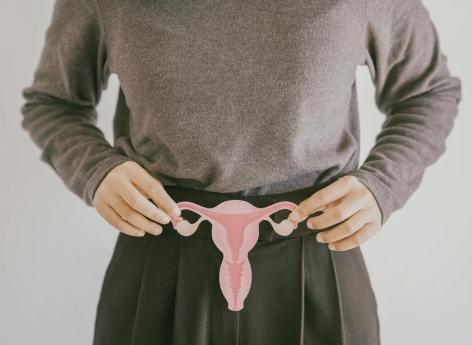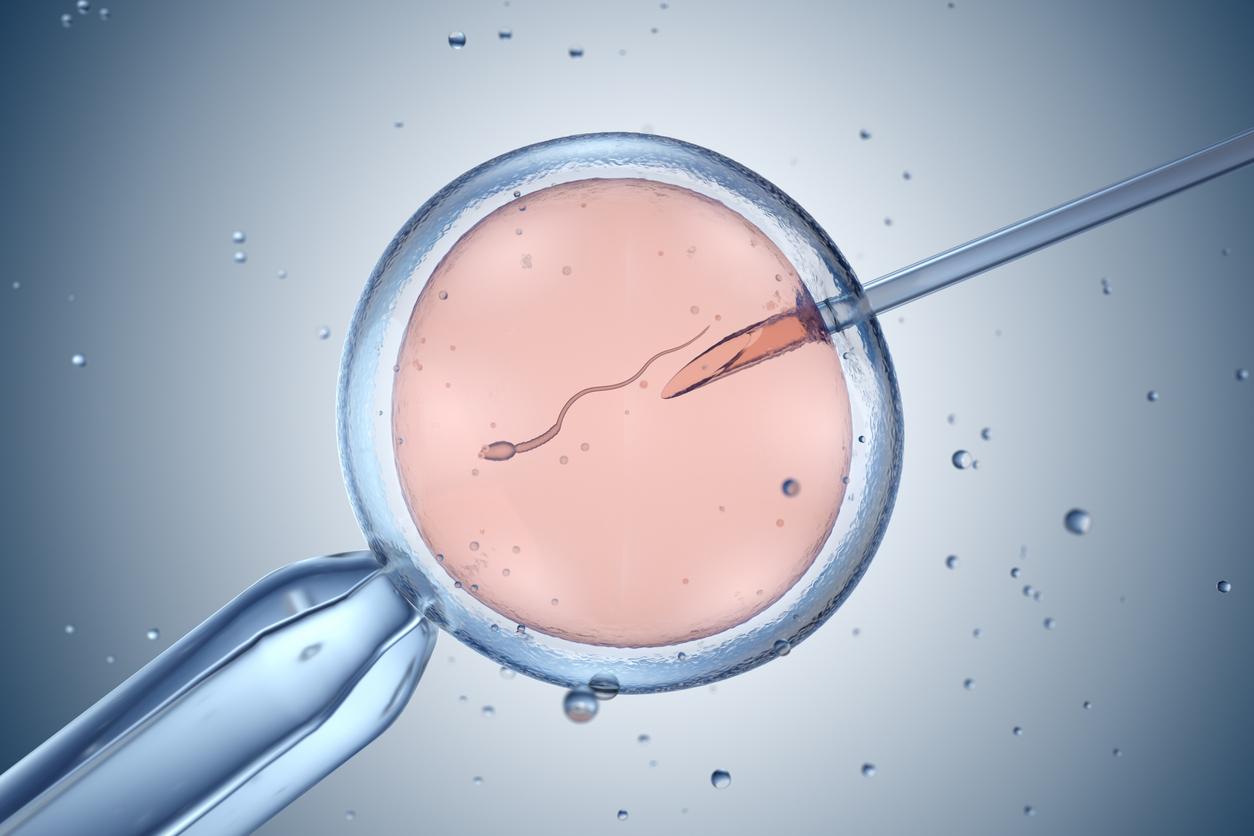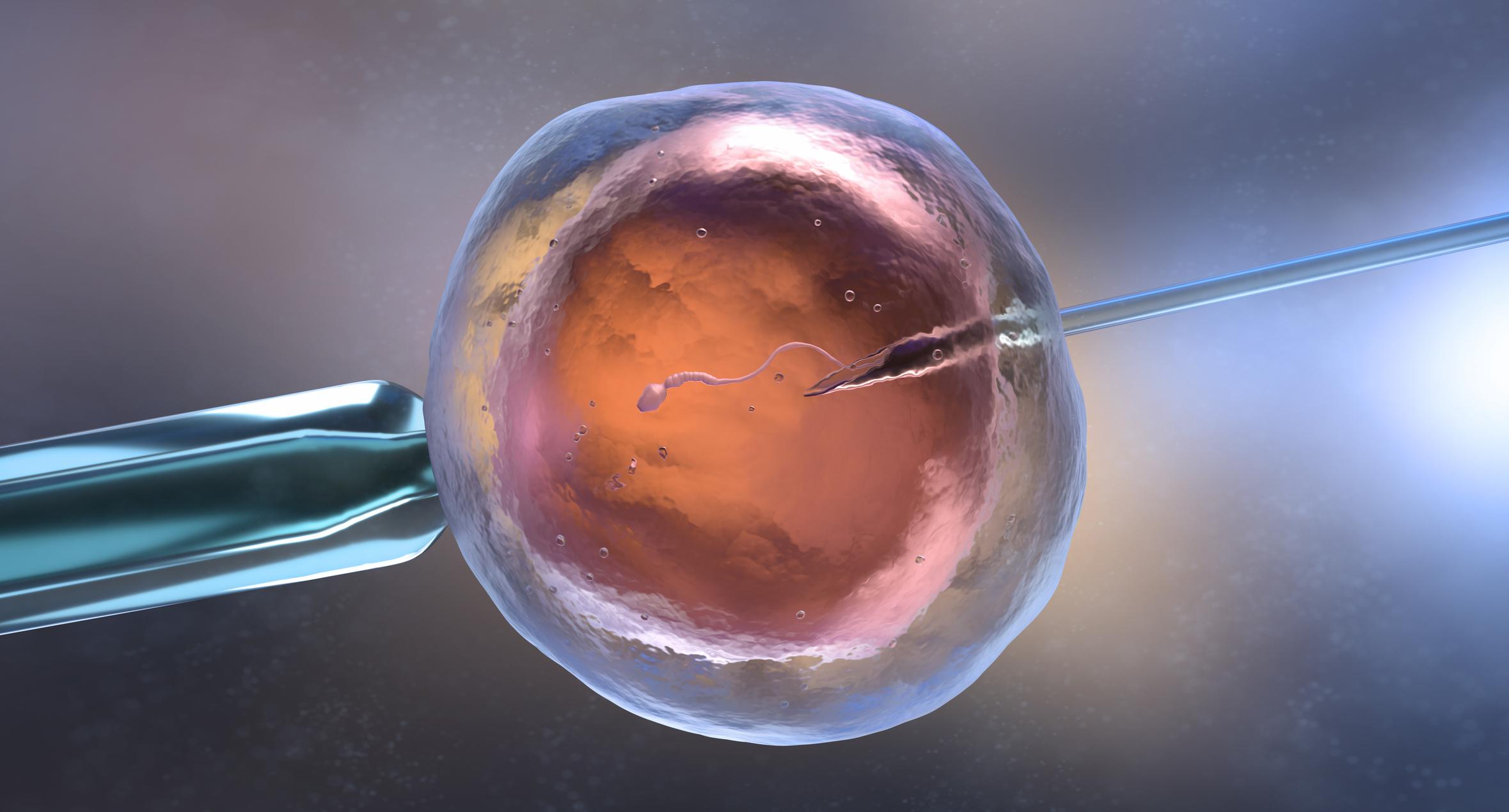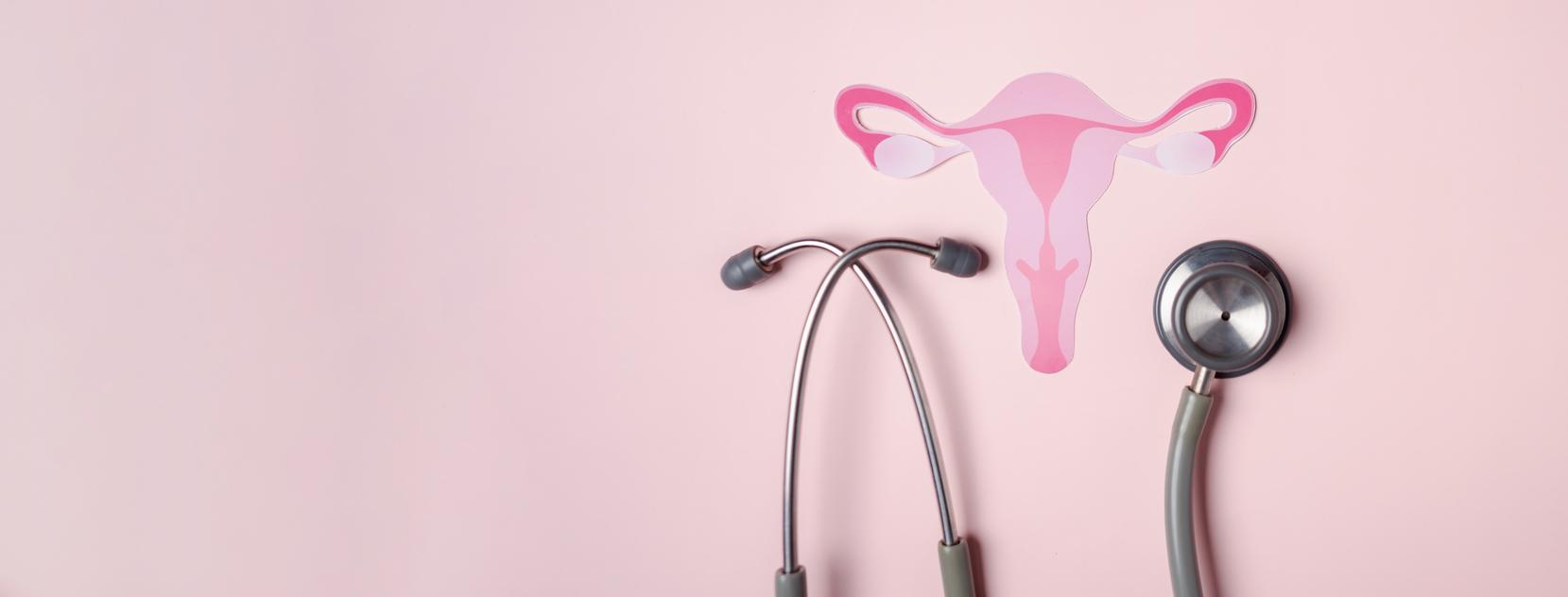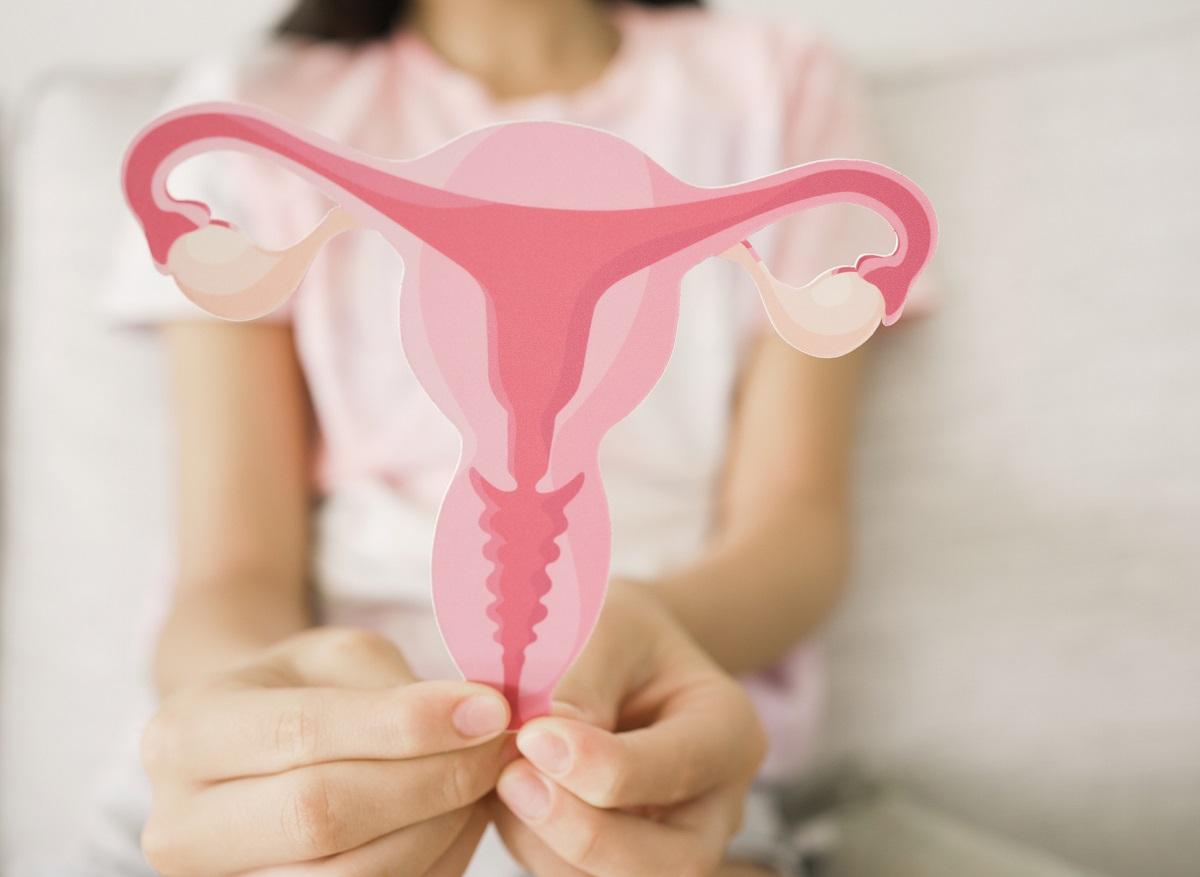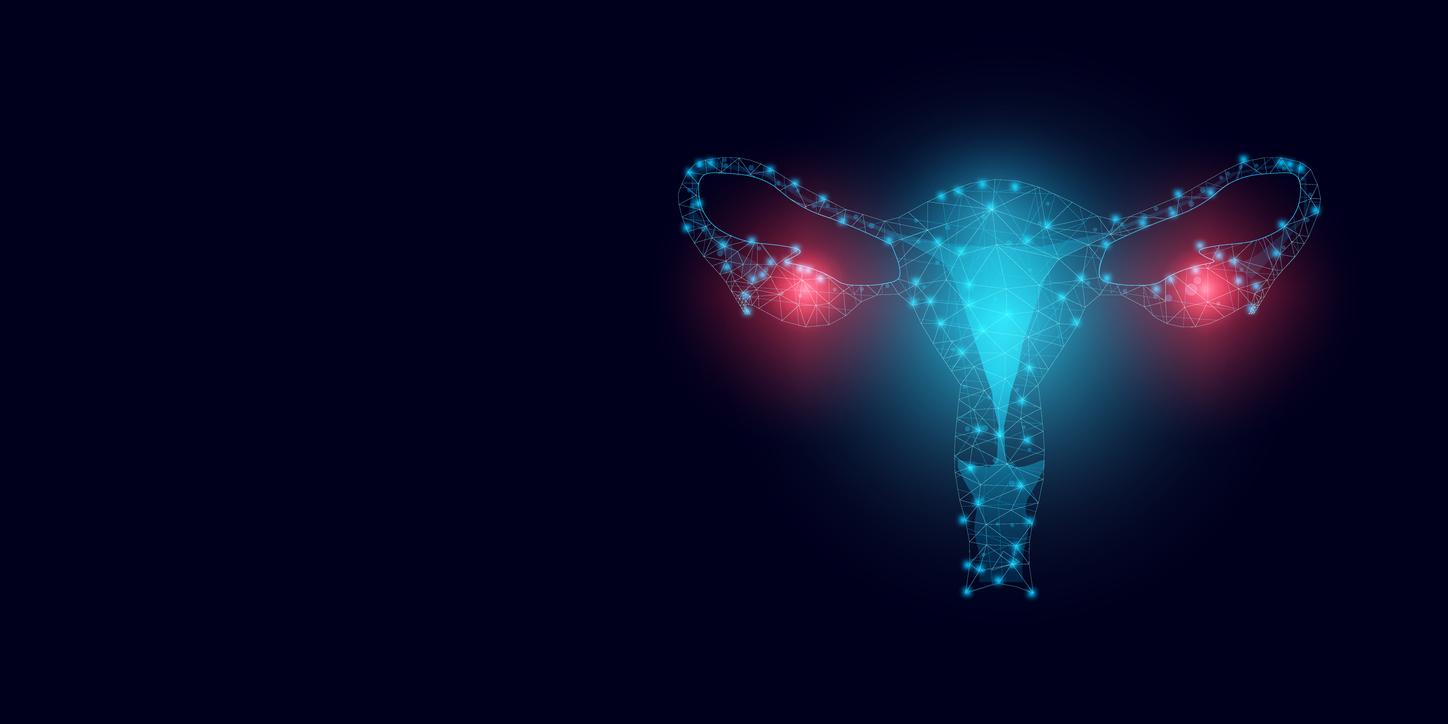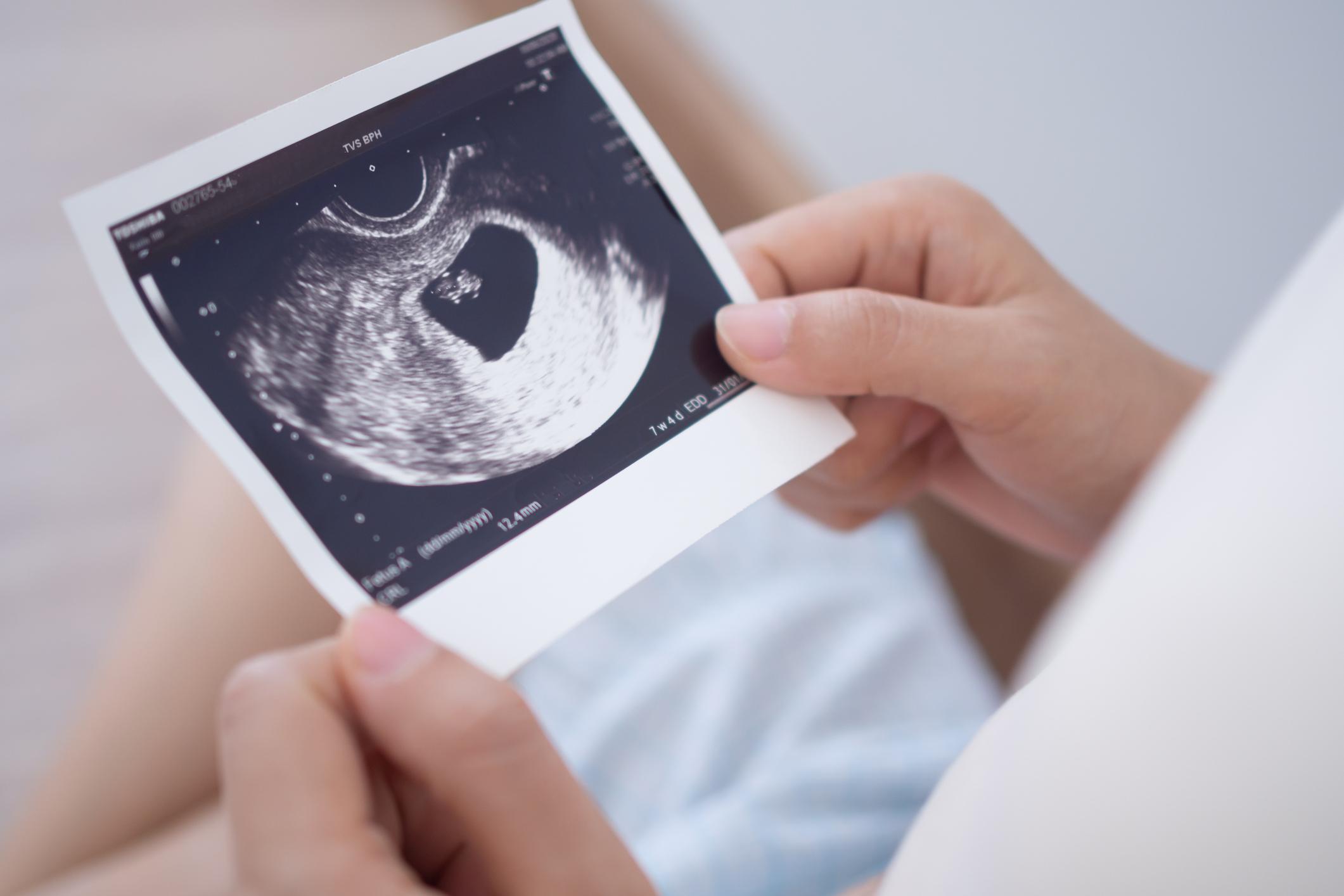Women who have undergone ovarian stimulation are at greater risk of developing ovarian cancer, according to a study that does not comment on the cause and effect link.
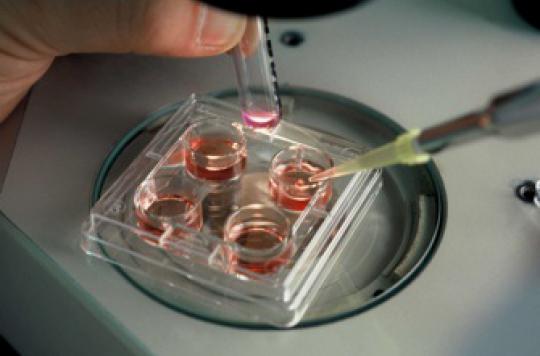
- A slight increased risk of ovarian cancer was detected in women who underwent IVF (386 cases between 1991 and 2010), without an established link
- Practitioners believe that beyond 7 or 8 ovarian stimulation, the risks are higher.
- But in fact, scientific knowledge neither excludes nor establishes this risk.
This is a recurring question in gynecological consultation. One of the most common fears in women who are undergoing in vitro fertilization (IVF). Does ovarian stimulation, which initiates treatment, increase the risk of ovarian cancer? Science struggles to provide a clear answer to this.
A new study throws a pavement in this pool of uncertainties. Presented this Monday at the congress of the American Society of Reproductive Medicine, it highlights a slight increased risk of ovarian cancer in women who have undergone IVF – of the order of a third (37%).
255,000 patients
These results, from the University College of London, were obtained from the data of 255,000 patients followed between 1991 and 2010 in the United Kingdom. This is the largest cohort studied to date: all IVF performed during this period in England have been reviewed.
A total of 386 ovarian cancers occurred in these patients. According to the authors, the younger women have undergone ovarian treatment, the higher the risk. The three years following ovarian stimulation would also be the most critical.
Doubts
However, this work does not rule on a causal link. Indeed, scientists are not able to say that ovarian treatment, which stimulates the production of estradiol and progesterone, generates this increased risk – but they do not exclude it either. The doubt is all the stronger as women can develop underlying pathologies linked to their infertility.
“The problem with these studies is that they do not specify the number of treatments received by the patient, the type, the dose…, explains Dr François Olivennes, obstetrician-gynecologist at the Parisian IVF center Eylau La. Silent. We cannot compare patients treated at high doses and many times, with patients who have reasonable care ”.
Dr François Olivennes, obstetrician gynecologist : ” This question is the sea serpent of IVF. Today, no study can indisputably conclude to a risk associated with ovarian treatments.“
Reasonable limit
Except that this support may vary according to the professional practices of the doctor and the wishes of the couple. Currently, the Health Insurance reimburses 100% for four attempts at IVF, and four others, if the first resulted in childbirth. “In fact, we do not know what the reasonable limit is, continues François Olivennes. It is estimated that eight treatment cycles is already a lot, especially if the stimulation is strong. But in reality, it is not based on anything scientific ”.
Moreover, in fact, many women resort to more ovarian stimulation than what seems recommended – and many centers offer it to them. “I have read some papers where doctors explained that they had gone up to 28 stimulations to have a baby!”, Underlines Samir Hamadah, head of the department of reproductive biology at the University Hospital of Montpellier. You have to know how to say stop. Sometimes, when couples are caught in the circuit, they don’t know how to stop. “
The authors of this work recommend systematic screening for ovarian cancer risks before undertaking IVF, as well as specific follow-up after treatment. In fact, ovarian cancer is one of the deadliest due to very late diagnosis. If in doubt, this population of women could be the subject of special surveillance.
.










